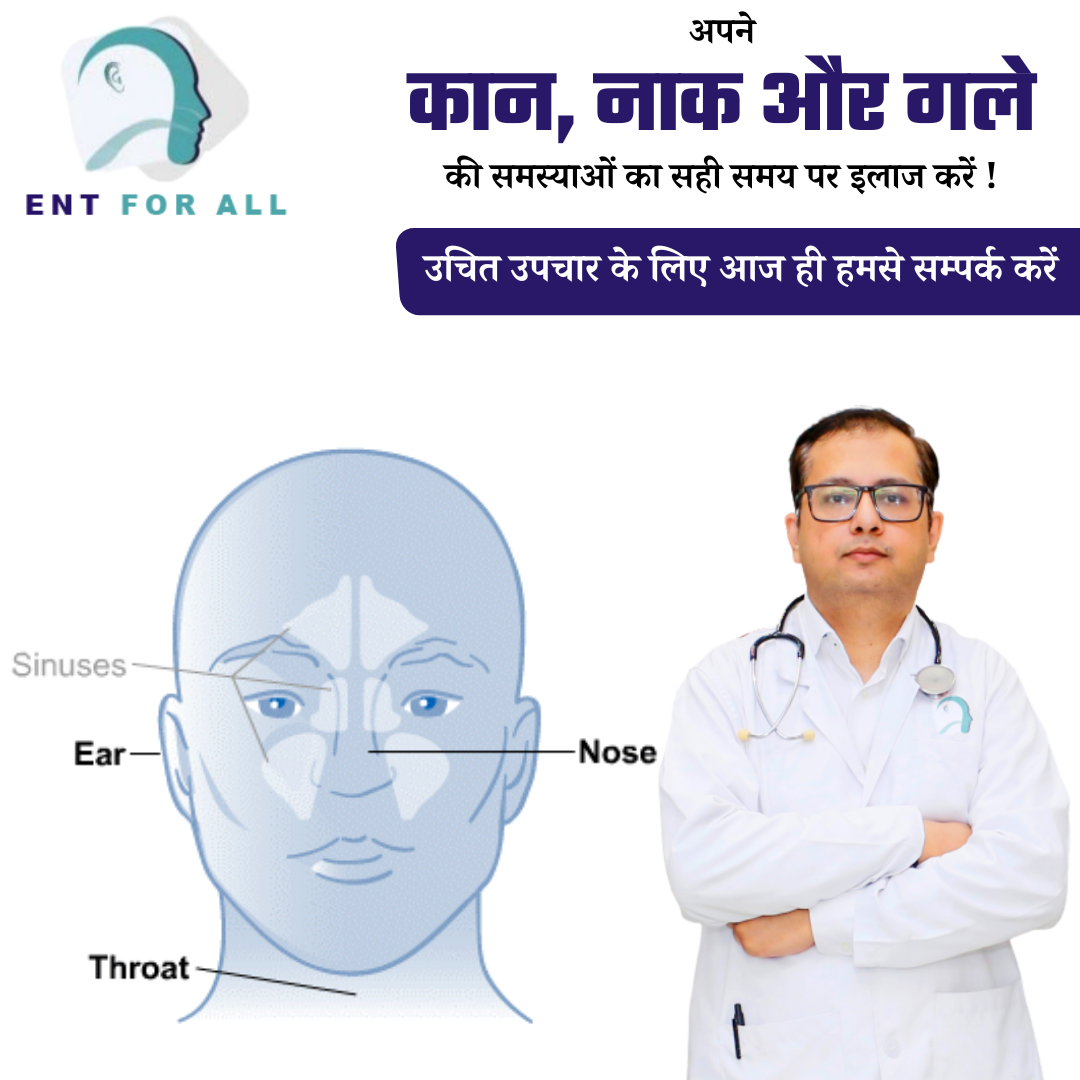
Video-Esophagoscopy
Videoesophagoscopy is done in patients complaining of dyphagia (difficulty in swallowing) with persistent weight loss or anemia.
This procedure can identify growths of esophagus, strictures or narrowing, foreign body in food pipe, motility disorders of esophagus, hiatus hernia etc.

Otomicroscopy
Examination of ear under microscope is called Otomicroscopy. Higher magnification of microscope allows detailed examination of ear and simultaneous suction clearance of any pus discharge, removal of fungal infestation, removal of foreign body etc. without risk of damaging ear drum.

Otoendoscopy
Otoendoscopy is done to examine ear in detail. All diseases related to external auditory canal, tympanic membrane and middle ear can be diagnosed correctly.
Various pathologies like Otitis externa, tympanic membrane perforation, cholesteatoma etc. are diagnosed with great accuracy and precision.

Pure tone Audiometry
Pure tone audiometry (PTA) is the most important hearing test used to identify hearing threshold levels of an individual, enabling determination of the degree, type and configuration of hearing loss and thus providing basis for further management. Results of this procedure depend on patient’s response to pure tone stimuli, therefore limiting this test to adults and children old enough to cooperate.

Impedance Audiometry
Impedence audiometry is a test based on the measurement of middle ear pressure, stapedius reflexes and tension of tympanic membrane. It is one of the most accurate and widely used test of middle ear function.
This test is useful in identification of fluid in the middle ear, hypertrophy of adenoids or tonsil, Eustachian tube dysfunction, otosclerosis, ossicular chain discontinuity and facial palsy.

Laryngoscopy
Laryngoscopy is an outdoor procedure done to examine larynx (voice box) and larygopharynx. This procedure is done by rigid 90 or 70 degree laryngoscope after local anaesthetic spray in oral cavity. Diseases involving base of tongue, valleculae, epiglottis, vocal folds, pyriform sinuses and cricopharynx can be diagnosed effectively and further management can be planned.
Patients suspected of tumours of these areas, voice changes, difficulty in swallowing or speech difficulties are offered this procedure for correct diagnosis.

Nasal Endoscopy
Nasal Endoscopy is an outdoor procedure done to examine Nasal cavities, opening of nasal sinuses, nasal septum and nasopharynx. Nasal endoscopy is done with rigid 4mm nasal endoscopes of varying degree. Nasal cavity is first anaesthetized with xylocaine packing to minimize pain and discomfort during the Procedure.
Patients having complaint of nasal blockage, watering of nose, excessive sneezing, bleeding from nose (epistaxis), headache, watering from eyes (epiphora) etc. are offered this procedure.
Various pathologies of nose, like Deviated nasal septum, Sinusitis, polyps of nose, turbinate hypertrophy, tumours of nose, Adenoid hypertrophy etc. can be diagnosed with nasal endoscopy very efficiently and further plan of management can be initiated.

